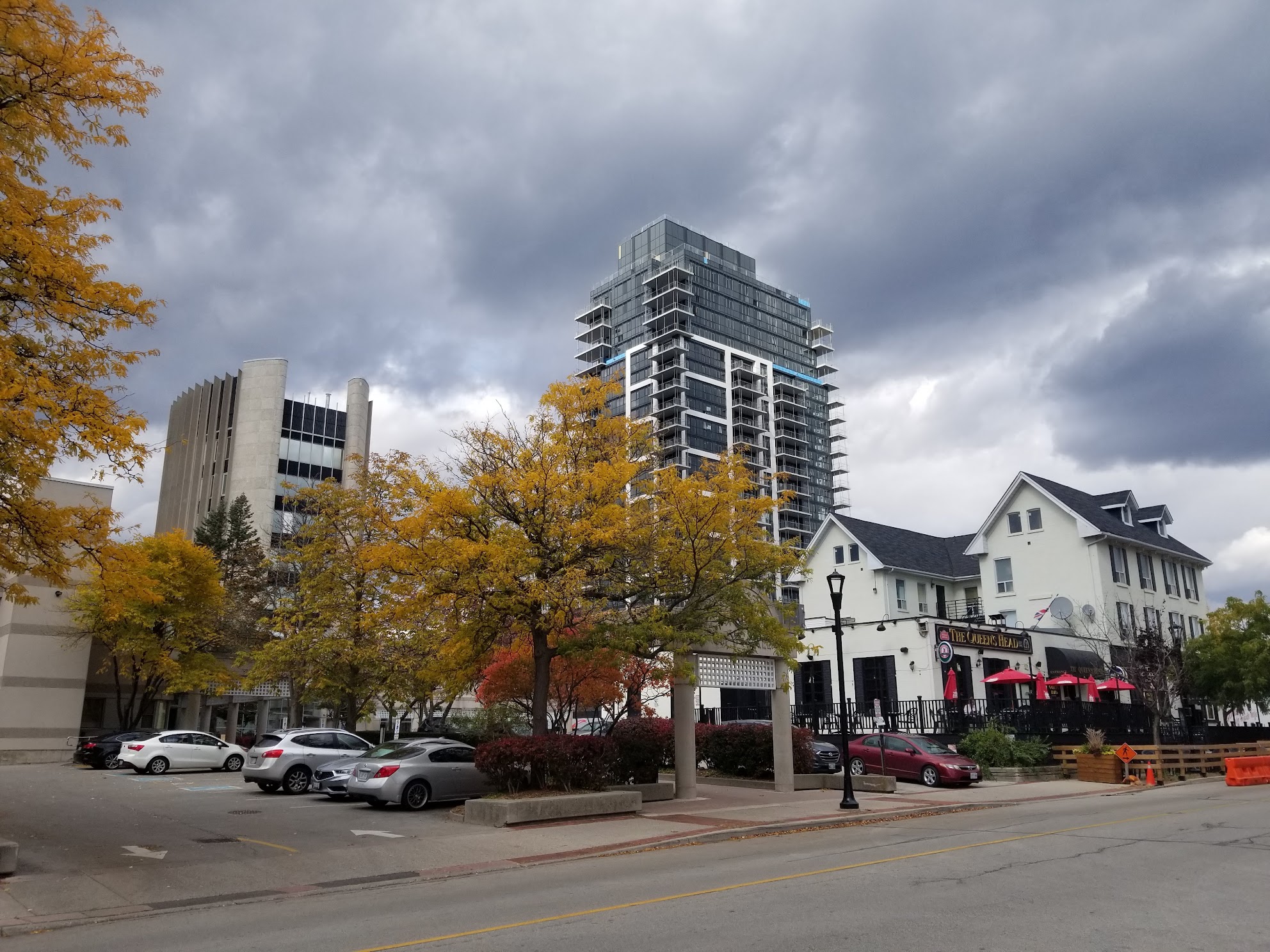Opinion.
Find Part I of Opportunities and Challenges for New Council by Rick Goldring here.
The biggest challenge in front of Burlington city council is the housing crisis. Low fertility rates and the aging population are resulting in significant workforce shortages in many sectors of the economy, including healthcare, manufacturing, and construction. The federal government is responding by increasing the annual level of immigration to 500,000 people by 2025. Immigration is a major contributor to the shortage of housing as we need homes for new Canadians. We also need more housing options for seniors who want to downsize, for young people to get a start in the housing market, and for families. As a society, we need to facilitate more social housing and more purpose-built rental units so that a higher percentage of the population will have a stable form of housing. According to a recent Canada Housing and Mortgage study, as a nation, we need 4 million new housing units over the next ten years, which is double the 2 million new units that were built in the last 10 years.
The Halton Region Official Plan is targeting overall growth of 500,000 new residents over the next 30 years, which will result in Milton more than doubling its population to 335,000; Halton Hills doubling its size to 125,000; and Oakville growing by 161,000 people to 375,000. Burlington is targeted to have a population of 265,000, which is only a 50% increase in current (2021) population or 79,000 additional residents over the next 30 years. These targets will be a challenge for all four municipalities as the average number of new housing completions in the last five years was only 3,900 units and Burlington only made up a little more than 600 of these units. The More Homes Built Faster Act proposed by the province is providing new housing unit targets as follows for the next 10 years: Oakville’s new target is 33,000 units; Burlington, 29,000 units; and Milton, 21,000 units.
Earlier this year, the province approved Bill 109 — the More Homes for Everyone Act — focusing on accelerating the planning application process, which will have a major impact on the city’s planning as missed timelines will result in financial penalties. In the last four years, there have been a significant number of Ontario Land Tribunal (OLT) appeals in Burlington by the development sector because the city has missed the processing timelines.
Too many Burlington planning files result in appeals to the OLT. This cannot continue. It’s not financially sustainable for taxpayers to support the city’s positions at the OLT and the delays increase the cost of new housing units. For example, we have recently learned that council has set aside $500,000 for the Waterfront Hotel appeal. That’s just one of many appeals the city is facing. So many are appealed for non-decisions, such as Millcroft Greens (Millcroft golf course’s residential proposal) and recently, Nelson quarry. The city has an unprecedented number of appeals: approximately 31 pertaining to the Interim Control Bylaw that was passed in 2019 and 48 appeals to the new Official Plan. This is very troubling. These appeals are costly to the city, create animosity and strained relationships that prevent collaborative outcomes and collaborative decisions. Balancing the competing interests of current residents, future residents, developers, the city, the business community, and provincial targets requires leadership and collaboration.
Provincial planning policy is focused on intensification, especially for Burlington. As Burlington has an outdated Official Plan and Zoning Bylaw, the city will likely face continued OLT disputes. While some blame the OLT for planning decisions that favour developers, tribunal decisions are based on facts, applicable law, and policy. Interestingly, recent Burlington OLT decisions share the same conclusion — the appealed applications constitute good planning. If developers are achieving this goal, perhaps the new council needs to take a close look at the implications for slowing development. Council must avoid the trap of political self-interest that only supports opponents of new development. Naturally, people are often afraid of change and of what they don’t know and it’s council’s role to help the community better understand when quality development is proposed. Good planning decisions bring attractive design, appealing aesthetics, and contribute to great city-building. Council must make positive improvements in its approach to growth opportunities as with or without their support, new development is going to happen. It is much better for the city to be at the table collaborating with the development sector and the community at large, to shape and form the future of our city, as opposed to fighting development and having decisions made by the Ontario Land Tribunal.



